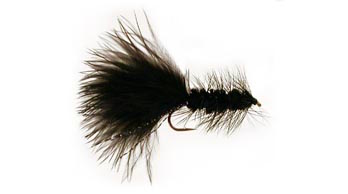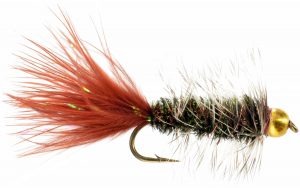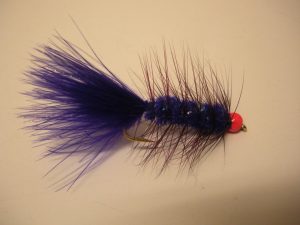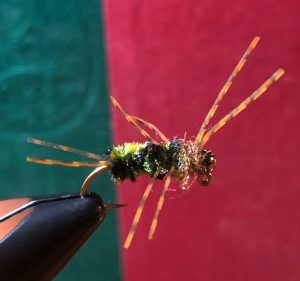 Once again, this is my variation of an existing pattern. Pat’s Rubber Legs is a stonefly pattern created by Idaho guide, Pat Bennett. If we’re keeping it real, Pat’s pattern is really just a variation of an older pattern called a Girdle Bug. I’ve talked about this before, but what constitutes and original fly pattern and what is simply a variation on an old standard is a REALLY fine line!
Once again, this is my variation of an existing pattern. Pat’s Rubber Legs is a stonefly pattern created by Idaho guide, Pat Bennett. If we’re keeping it real, Pat’s pattern is really just a variation of an older pattern called a Girdle Bug. I’ve talked about this before, but what constitutes and original fly pattern and what is simply a variation on an old standard is a REALLY fine line!
The Girdle Bug also originated out west and has, for decades, been an effective imitation for stoneflies, hellgrammites and any other big meaty nymph. It is typically tied in larger sizes, most commonly #8 and bigger, and consists of lead wire, a black chenille body, and white rubber legs on the rear, front, and sides of the fly. Pat’s Rubber Legs is the exact same thing but has variegated chenille rather than solid black, and uses a material called Spanflex rather than traditional round rubber legs.
Both are great patterns. I personally don’t see any added value to the Spanflex material, but I do think the variegation provides a great and simple color contrast. Other stonefly patterns like the Bitch Creek Nymph and even my own pattern, Rob’s Hellbender Nymph, have used a weave to achieve this contrast. But there’s a lot to be said for simple, and using the variegated chenille is way simple than weaving!
While I have had a lot of success with the traditional Pat’s Rubber Legs, it, like many big stonefly patterns, has a real tendency to hang the bottom. All heavy nymphs do. Many fly tyers, including me, have tried to strategically weight flies to reduce bottom snags with varying degrees of success. Of course, fly tying, like most anything else, has evolved over the years. And in recent years, the evolution of European Nymphing has given us the micro jig hook.
Traditionally, jig hooks were used by spin fishermen and were just too heavy to be cast effectively with a fly rod. However, the newer micro jig hooks are not only made in smaller sizes, but they use a specially cut tungsten bead to fit on the uniquely shaped hook. The result is a hook and bead combo that allows the fly to ride hook up – most of the time. Certainly with the faster and generally varied currents found on most trout streams, you’re going to get some rotation on the fly.
To accommodate for this, I, and many other fly tyers, prefer to tie flies on these style hooks “in the round.” This means the fly will essentially look the same from any angle. Flies tied with a very distinct top and bottom can look strange when the fly isn’t oriented properly. Tying the fly in the round insures the fish will get the proper view of the fly no matter how the hook is oriented.
I saw Pat’s Rubber Legs, with its simple, variegated body, as a perfect candidate for a micro jig style fly. The result is a heavy fly that can be fished deep and slow with minimal bottom snags. In addition, I frequently like to incorporate just a little flash to my nymphs for a subtle suggestion of movement. For my variation of this pattern, I added a small amount of Ice Dubbing behind the head. It’s a great fly anytime of the year but particularly in the colder months of winter when deep and slow is the name of the game. Give it a try!
Pat’s Rubber Legs Micro Jig
Hook: Orvis 1P2A Tactical Jig Hook #8
Bead: Black 1/8” slotted tungsten
Thread: Brown 6/0
Body: Brown and yellow variegated chenille
Thorax: Pheasant Tail Ice Dubbing
Legs: Wapsi pumpkin barred Sili-Legs
Note: This recipe is designed to imitate the golden stonefly nymphs common throughout the Smokies. Colors can be altered to better imitate stoneflies or even hellgrammites in your local trout or smallmouth streams.

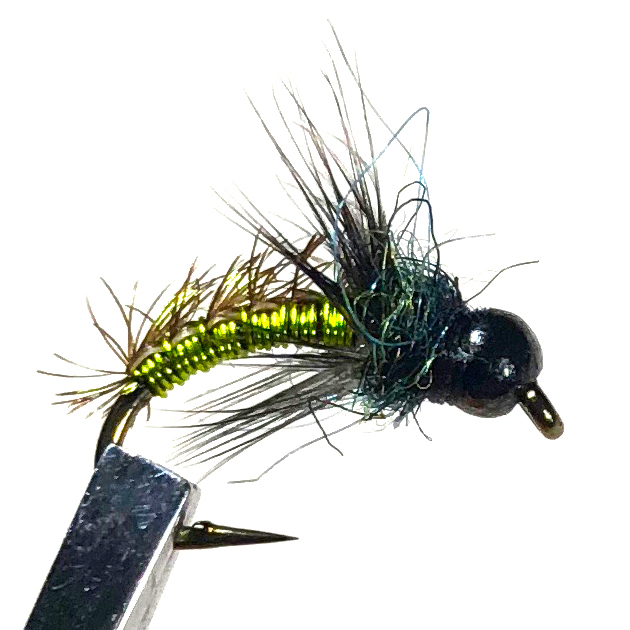 Caddis have always seemed to be one of the most overlooked and under-imitated aquatic insects in the fly fishing world. Maybe it’s because they haven’t been written about nearly as much as their sexier mayfly cousins over the years. I mean, mayflies are given names like Pale Morning Dun, Quill Gordon, and Gray Fox… just to name a few. Caddis are given names like Green Caddis, Brown Caddis, Black Caddis…
Caddis have always seemed to be one of the most overlooked and under-imitated aquatic insects in the fly fishing world. Maybe it’s because they haven’t been written about nearly as much as their sexier mayfly cousins over the years. I mean, mayflies are given names like Pale Morning Dun, Quill Gordon, and Gray Fox… just to name a few. Caddis are given names like Green Caddis, Brown Caddis, Black Caddis…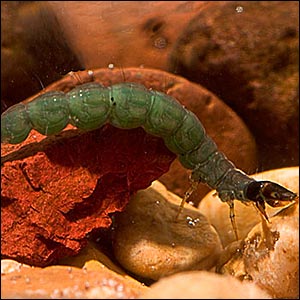
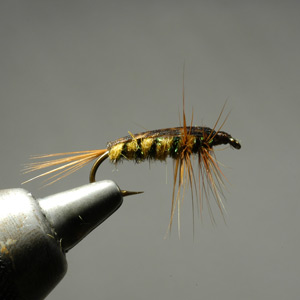 My friend Walter Babb said that most people’s favorite fly is the fly they happened to have on the first day the fishing was really good. The implication of his statement is that more often than not, it’s the archer, not the arrow. Most of the time, if your fly is presented well and the fish are feeding, it probably doesn’t matter what fly you have on. And if the fish aren’t feeding? It probably doesn’t matter what fly you have on!
My friend Walter Babb said that most people’s favorite fly is the fly they happened to have on the first day the fishing was really good. The implication of his statement is that more often than not, it’s the archer, not the arrow. Most of the time, if your fly is presented well and the fish are feeding, it probably doesn’t matter what fly you have on. And if the fish aren’t feeding? It probably doesn’t matter what fly you have on!
 Few fly fishermen, if any, possess the knowledge and experience of Joe Humphreys. Joe is probably best known as a teacher and an author, but over his many decades in the business, he has also created a number of original fly patterns. By far, my favorite is the Humphreys’ Caddis Pupa.
Few fly fishermen, if any, possess the knowledge and experience of Joe Humphreys. Joe is probably best known as a teacher and an author, but over his many decades in the business, he has also created a number of original fly patterns. By far, my favorite is the Humphreys’ Caddis Pupa.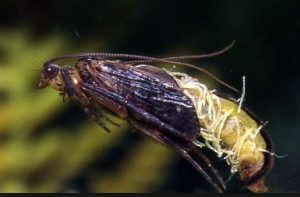
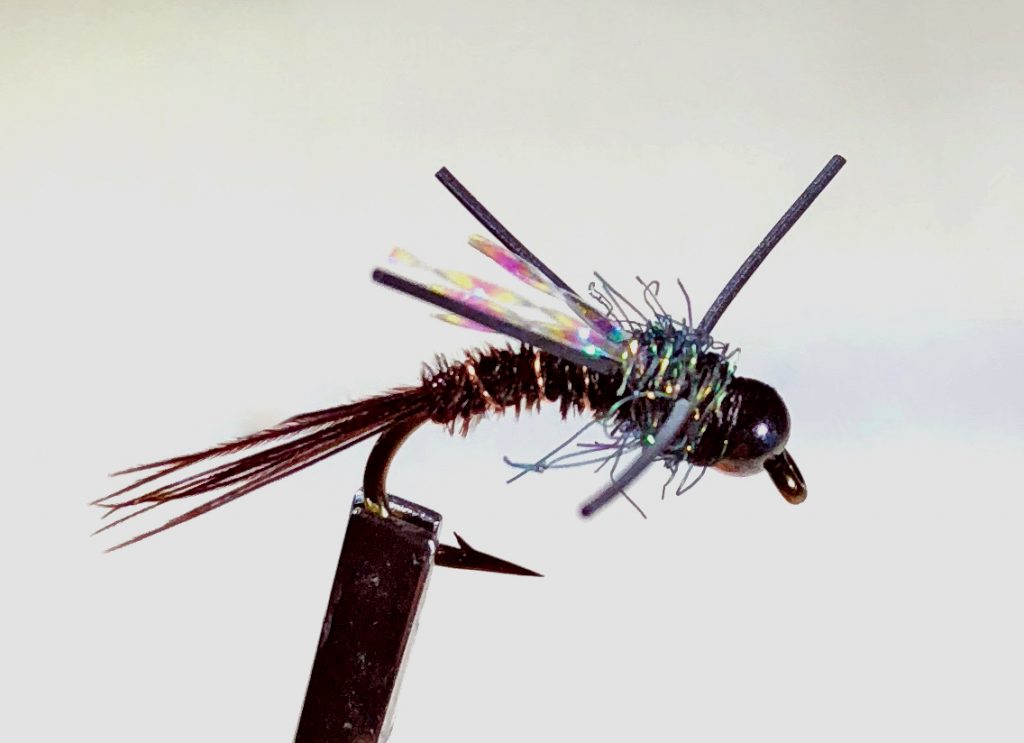 Fly Tying is a lot like cooking in many ways. Of course, in both pursuits, you’re combining a variety of ingredients to create one final product. And the quality of those ingredients along with the skills of the person putting them together can tremendously impact the end result. But the issue of originality is also quite comparable.
Fly Tying is a lot like cooking in many ways. Of course, in both pursuits, you’re combining a variety of ingredients to create one final product. And the quality of those ingredients along with the skills of the person putting them together can tremendously impact the end result. But the issue of originality is also quite comparable.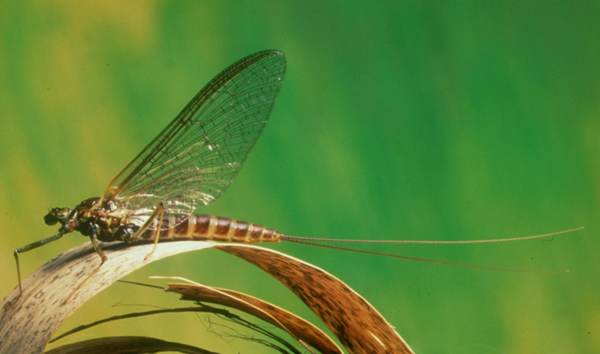 So, I’m writing about March Browns not because they are necessarily of great significance to the Smoky Mountain fly fisherman, but mainly because they’re just really cool bugs! Like many aquatic insects in the Smokies, this mayfly does not usually hatch abundantly enough to really get the trout keyed in on them, but it is worth keeping a few in your fly box. In other words, you probably don’t need fifteen different March Brown patterns in subtly different colors. Having a few of a basic pattern should do the trick.
So, I’m writing about March Browns not because they are necessarily of great significance to the Smoky Mountain fly fisherman, but mainly because they’re just really cool bugs! Like many aquatic insects in the Smokies, this mayfly does not usually hatch abundantly enough to really get the trout keyed in on them, but it is worth keeping a few in your fly box. In other words, you probably don’t need fifteen different March Brown patterns in subtly different colors. Having a few of a basic pattern should do the trick.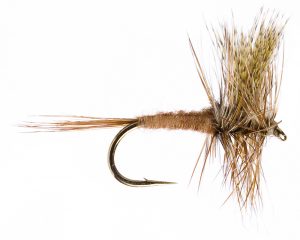
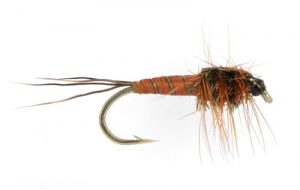
 In the last ten years or so, the term “Euro Nymphing” or “Czech Nymphing” has become more and more common, and is often billed as a revolutionary style of fishing. Basically, it is just nymph fishing without a strike indicator. It’s akin to what many for years have referred to as short-line or straight-line nymphing. Others refer to it as high-sticking. Or the old mountain fishermen around here just call it nymphing, because it’s how they’ve fished for decades and decades.
In the last ten years or so, the term “Euro Nymphing” or “Czech Nymphing” has become more and more common, and is often billed as a revolutionary style of fishing. Basically, it is just nymph fishing without a strike indicator. It’s akin to what many for years have referred to as short-line or straight-line nymphing. Others refer to it as high-sticking. Or the old mountain fishermen around here just call it nymphing, because it’s how they’ve fished for decades and decades.